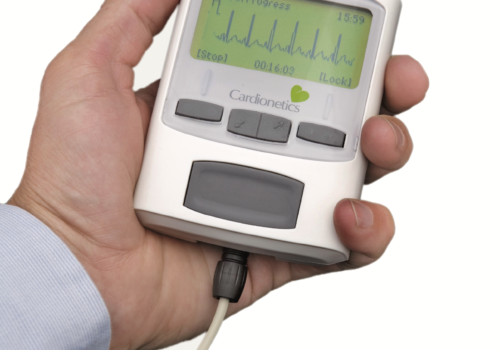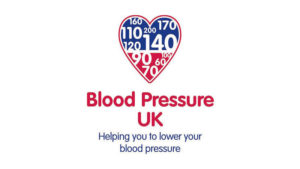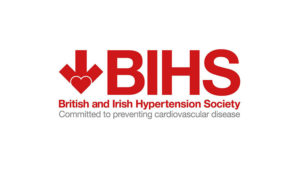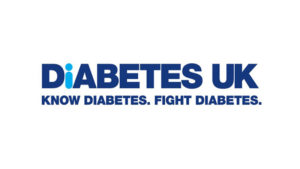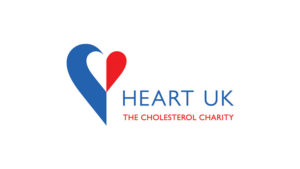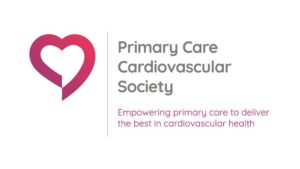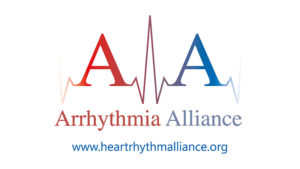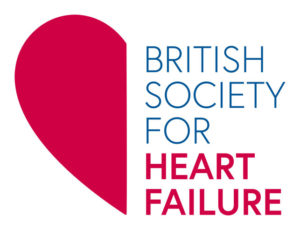Many people use herbal medication of some sort, but several commonly used herbs have been shown to interact with prescribed medication. Studies show that many patients either do not realise that the herbs could interact (and anyway do not class the herbs as medicines) or do not want to tell their practitioner that they are using them. With many more nurse prescribers taking control of management of patients with longterm conditions such as diabetes and ischaemic heart disease, it is vital that we consider that the patient may be taking non-prescribed medication including herbs and supplements.
The metabolic syndrome: myth or clinically useful marker?
The European perspective
Leave nothing to chance
A case of severe aortic stenosis
Cardiovascular risk management series: 2 – Using guidelines as a framework for cardiovascular risk management
Reducing the impact of vascular disease: the proposed Vascular Risk Programme for risk assessment and management
Measurement of baseline total cholesterol: new data from The Health Improvement Network (THIN) database
Ambulatory ECG monitoring in primary care
Cardiac arrhythmia affects more than 700,000 people in England and is consistently in the top ten reasons for hospital admission, consuming significant accident and emergency time and bed days.1 In the general population, arrhythmias are normally quite minor, silent, and typically benign. Symptoms may affect the patient enough to be both disruptive and distressful. In […]
The HYVET study: answering the question of whether or not to treat hypertension in the very elderly
Statin therapy for secondary prevention of coronary heart disease: an update (part 2)
Wholegrains: sorting out the wheat from the chaff
The seeds of cultivated cereal crops, or grains as they are also known, have been used as a staple of man’s diet for thousands of years. Indeed the cultivation of rye, the first cereal crop from around 10,000 BC, is credited with enabling our hunter-gatherer ancestors to form more settled, complex civilisations. Throughout most of our history we’ve eaten these grains “whole” in the form of unpolished rice or wholewheat flour, for example. It’s only in last 120 years or so that more refined milling techniques have enabled the white or refined forms of these cereal crops to become the preferred choice in much of western society. What impact does this change have for our health?


